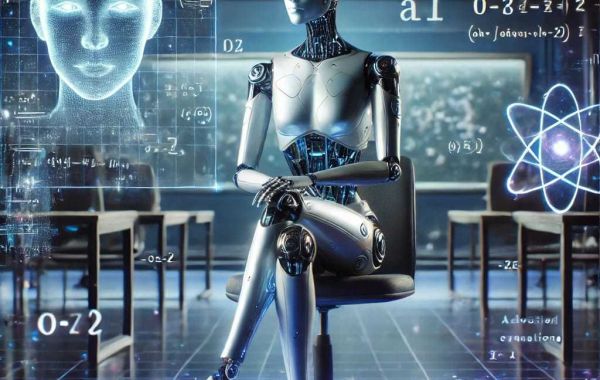At the heart of AI training lies data. Machines need large amounts of high-quality data to learn from. This data serves as the foundation upon which AI models are built. Just like humans need experience to improve, AI systems need exposure to diverse datasets to understand patterns, relationships, and nuances. For example, if we are training an AI model to recognize images of cats and dogs, we feed the system thousands (or even millions) of labeled images. These images help the model learn distinguishing features like fur texture, shape, and size https://axonlabs.pro/.
However, the quality of the data is just as important as the quantity. If the data is biased or incomplete, the AI’s performance can be skewed. Data preprocessing, which involves cleaning and preparing data, plays a critical role in making sure that the AI learns correctly.
Machine Learning: The Process Behind Training
Machine Learning (ML) is the backbone of most AI systems. It refers to algorithms that allow machines to learn from data without being explicitly programmed. There are different types of machine learning techniques, and the choice of method depends on the task at hand.
Supervised Learning: In this approach, the model is trained on labeled data. For instance, if we want the model to predict whether an email is spam, we would train it on a dataset of emails that have been labeled as spam or not spam. The algorithm learns by comparing its predictions to the actual labels and adjusting its parameters to minimize errors.
Unsupervised Learning: Here, the AI is given data without labels. The goal is to identify patterns and structures in the data on its own. For example, an unsupervised learning model might group similar customers together based on purchasing behavior, even though it wasn’t explicitly told what those groups should look like.
Reinforcement Learning: In this method, the AI learns by interacting with an environment. It receives feedback in the form of rewards or penalties and adjusts its actions accordingly. This is similar to how humans learn from trial and error. Reinforcement learning is often used in robotics and gaming AI, where the model must learn to navigate a complex environment.
Neural Networks and Deep Learning
One of the most exciting advancements in AI has been the rise of neural networks, specifically deep learning models. These models are inspired by the human brain’s structure and consist of layers of interconnected nodes (or "neurons"). The depth of these networks—the number of layers—gives deep learning its name.
Deep learning has revolutionized fields like computer vision and natural language processing. For instance, convolutional neural networks (CNNs) have become the go-to architecture for image recognition tasks, while recurrent neural networks (RNNs) excel in handling sequences, such as text or speech.
The training process for deep learning involves adjusting the weights of the connections between neurons using a method called backpropagation. This involves calculating the error in the model’s output, propagating it back through the network, and adjusting the weights to minimize that error. Backpropagation relies heavily on optimization algorithms like gradient descent, which help the model gradually converge to the best set of weights.
Overfitting and Generalization
A common challenge in AI training is ensuring that the model generalizes well to new, unseen data. If a model becomes too attuned to the training data, it may perform poorly on real-world data, a phenomenon known as overfitting. Overfitting occurs when the model learns not only the relevant patterns but also the noise or irrelevant details of the training set.
To mitigate overfitting, techniques like regularization, cross-validation, and early stopping are employed. Regularization methods, such as L2 regularization (also called weight decay), add a penalty to the model’s complexity, encouraging it to find simpler solutions. Cross-validation involves splitting the data into multiple subsets to ensure the model performs well across different parts of the dataset. Early stopping halts the training process once performance on a validation set starts to degrade.
Hyperparameters and Model Tuning
Training an AI model doesn’t stop at feeding it data. Hyperparameters—settings that govern the training process itself—play a crucial role in the model’s success. These can include things like learning rate, batch size, and the number of layers in a neural network. Tuning these hyperparameters can make the difference between a well-performing model and a poor one.
While it’s possible to fine-tune these hyperparameters manually, more advanced techniques like grid search and random search are often used to automate this process. Furthermore, recent advances in automated machine learning (AutoML) have allowed for even more efficient model selection and hyperparameter tuning.
The Role of Computational Power
Training sophisticated AI models requires immense computational resources. Modern AI models, especially deep learning networks, are data-hungry and computationally expensive. The rise of powerful GPUs (Graphics Processing Units) and TPUs (Tensor Processing Units) has significantly accelerated training times, enabling researchers to train larger and more complex models than ever before.
Cloud computing platforms like Google Cloud, AWS, and Microsoft Azure have also played a pivotal role by offering scalable infrastructure that can handle the massive computational load involved in training AI models.







